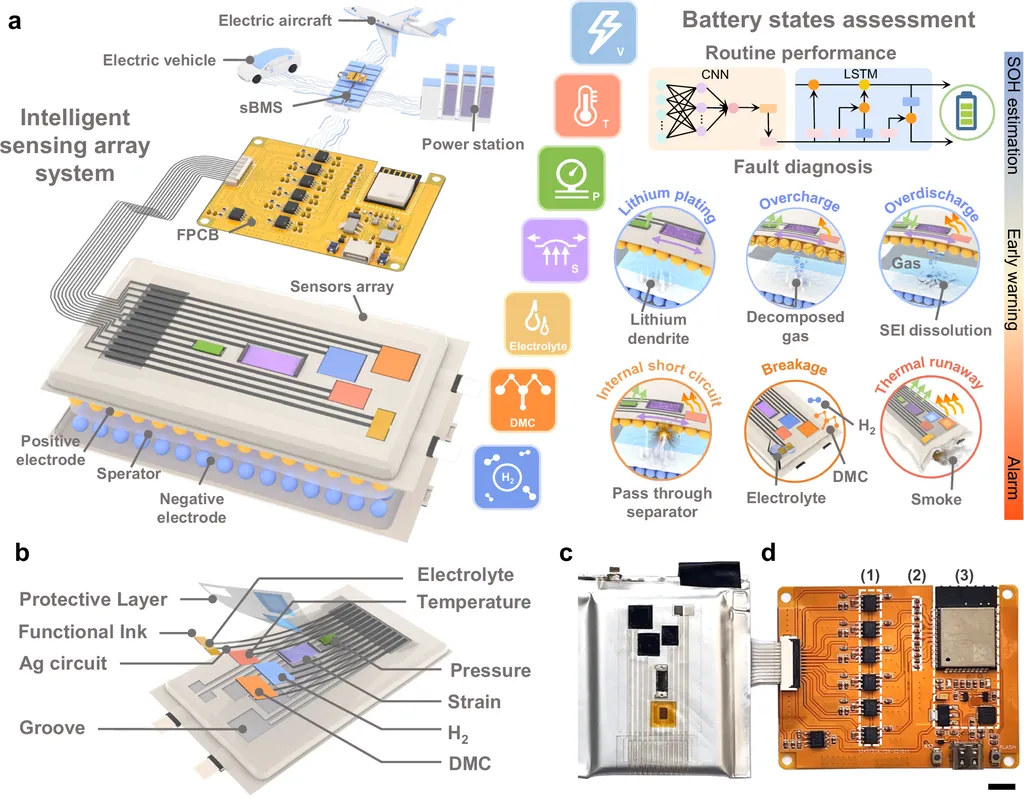In a significant stride towards enhancing the structural integrity of steel connections, a team of researchers led by Wang Xin Hua has developed a novel method for calculating the bending capacity of T-shaped single-sided bolted connections in steel beam-column joints. This breakthrough, published in the journal *Jianzhu Gangjiegou Jinzhan* (Advances in Structural Engineering), addresses a longstanding challenge in the construction industry: the difficulty of bolting closed-section steel members, particularly in steel beam-steel tube column connections.
The T-shaped single-sided bolt connection was initially developed to solve the problem of connecting closed-section steel members, which are widely used in modern construction due to their high strength and aesthetic appeal. However, the lack of a comprehensive model to predict the load-carrying capacity of these connections has hindered their widespread adoption. Wang Xin Hua and his team have changed that by proposing a calculation method based on component analysis and thin-plate plastic hinge line theory.
“Our method provides a reliable way to predict the bending capacity of these connections,” said Wang Xin Hua, the lead author of the study. “This is crucial for engineers who need to ensure the safety and stability of structures using these connections.”
The research introduces a yield line distribution pattern for the steel tube column connection face under a connection without stiffened end plates and derives the bending capacity of the node controlled by the strength of the steel tube wall. It also proposes effective shear area reduction coefficients for the vertical and horizontal distribution of bolt holes, with values of 0.65 and 0.60, respectively.
The accuracy of the proposed method was validated through experiments, with the calculated bending capacity of the nodes showing an error margin of less than 15% compared to the experimental values. This level of accuracy is a significant improvement over previous methods and is expected to boost the confidence of engineers and architects in using these connections.
The implications of this research are far-reaching, particularly for the energy sector, where steel structures are commonly used in power plants, oil and gas facilities, and renewable energy installations. The ability to accurately predict the bending capacity of these connections will enable engineers to design safer, more efficient structures, reducing the risk of failures and improving the overall performance of these facilities.
Moreover, the research is expected to spur further developments in the field of steel connections, with potential applications in other types of connections and structures. As Wang Xin Hua noted, “This is just the beginning. We hope our work will inspire more research into improving the performance and reliability of steel connections.”
With the publication of this study in *Jianzhu Gangjiegou Jinzhan*, the construction industry now has a powerful new tool to enhance the safety and efficiency of steel structures, paving the way for more innovative and sustainable construction practices.

